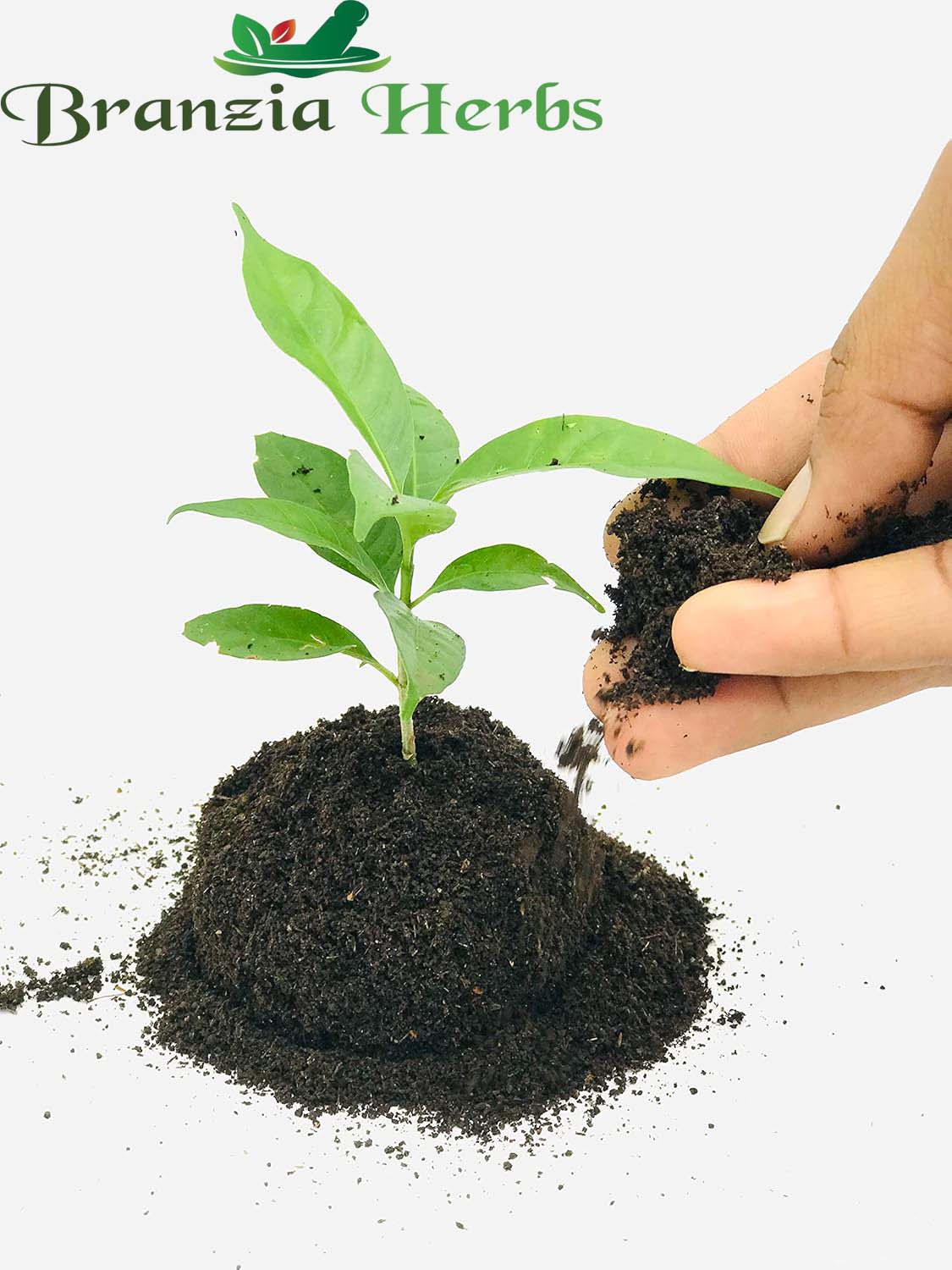Description:
-
Appearance: Amba Haldi is a type of turmeric that has a distinctive yellow-orange color. The rhizome (root) is knobby and tuberous, similar to common turmeric, but with a slightly different aroma and flavor.
-
Flavor: It has a more subtle and slightly sweeter flavor compared to the standard turmeric used in cooking.
Uses:
-
Traditional Medicine: In Ayurvedic medicine, Amba Haldi is valued for its therapeutic properties. It is believed to have anti-inflammatory, digestive, and antimicrobial benefits. It is used in various remedies for skin conditions, digestive issues, and respiratory ailments.
-
Culinary: Amba Haldi can be used as a spice in cooking, though it is less common than the more familiar turmeric. It can be added to dishes to impart a milder, aromatic flavor.
Benefits:
-
Anti-Inflammatory: Like regular turmeric, Amba Haldi contains curcumin, which has anti-inflammatory properties that can help with conditions like arthritis.
-
Digestive Health: It is used to aid digestion and alleviate gastrointestinal discomfort.
-
Skin Health: It is traditionally used to improve skin health and treat conditions like acne and eczema.
Preparation:
-
In Medicine: The rhizome can be dried and ground into a powder or used fresh in various herbal formulations and remedies.
-
In Cooking: It can be used in powdered form or fresh, similar to how turmeric is used. However, due to its unique flavor, it’s often used in specific traditional recipes.
Storage:
-
Rhizome: Store fresh rhizomes in a cool, dry place. If dried, keep the powder in an airtight container away from light and moisture to maintain its potency and flavor.
Note:
Amba Haldi is sometimes confused with other types of turmeric or similar plants. It’s important to ensure you have the correct variety for your intended use, whether medicinal or culinary.
